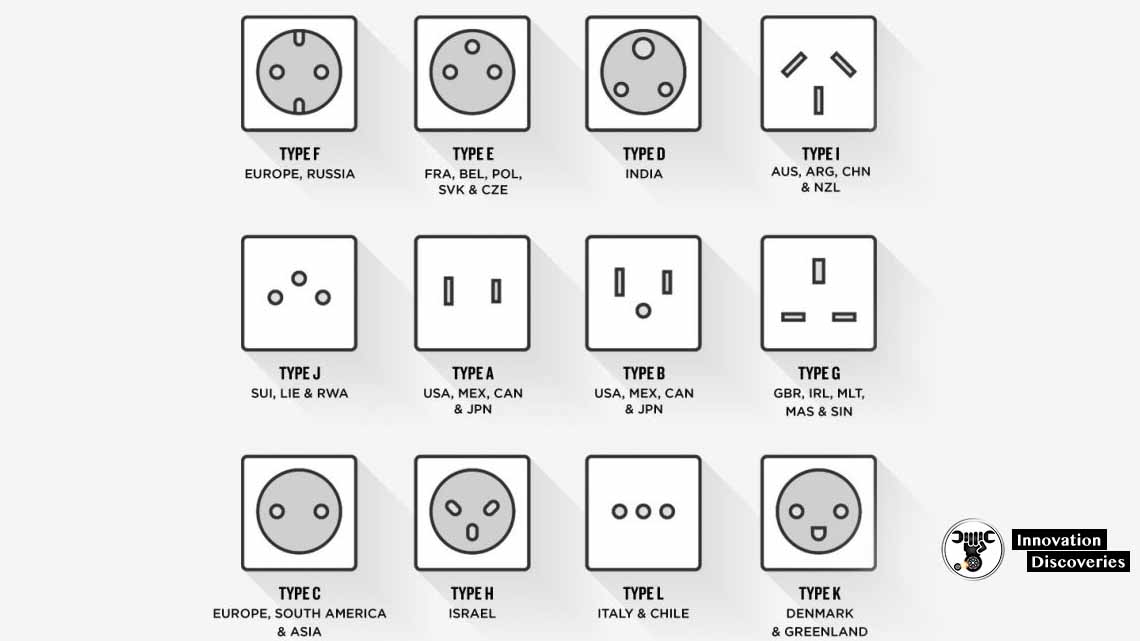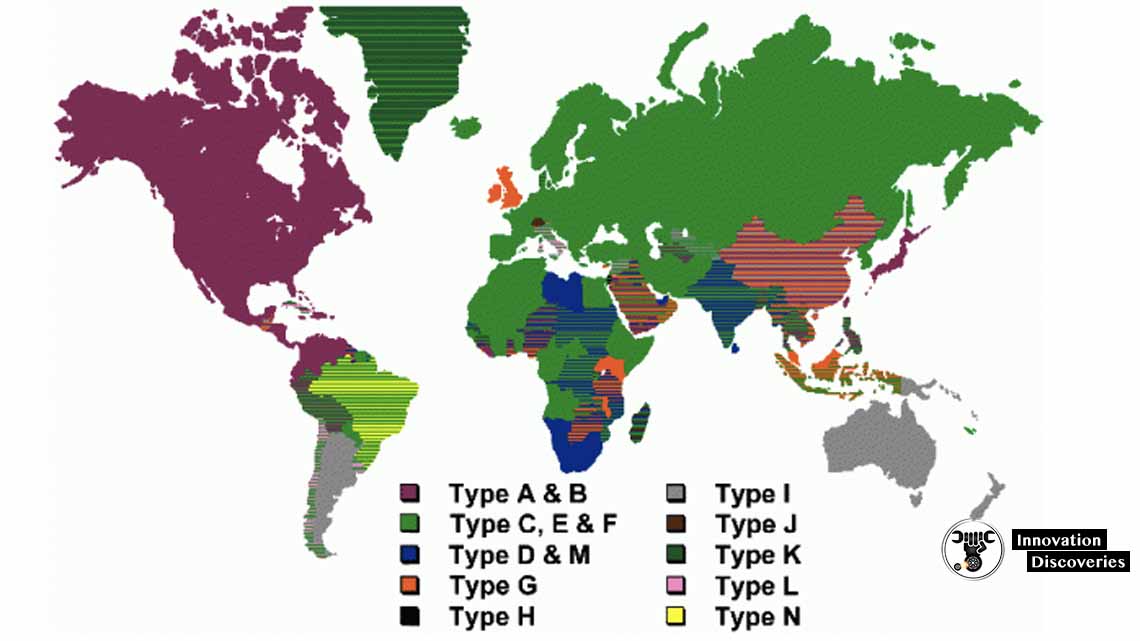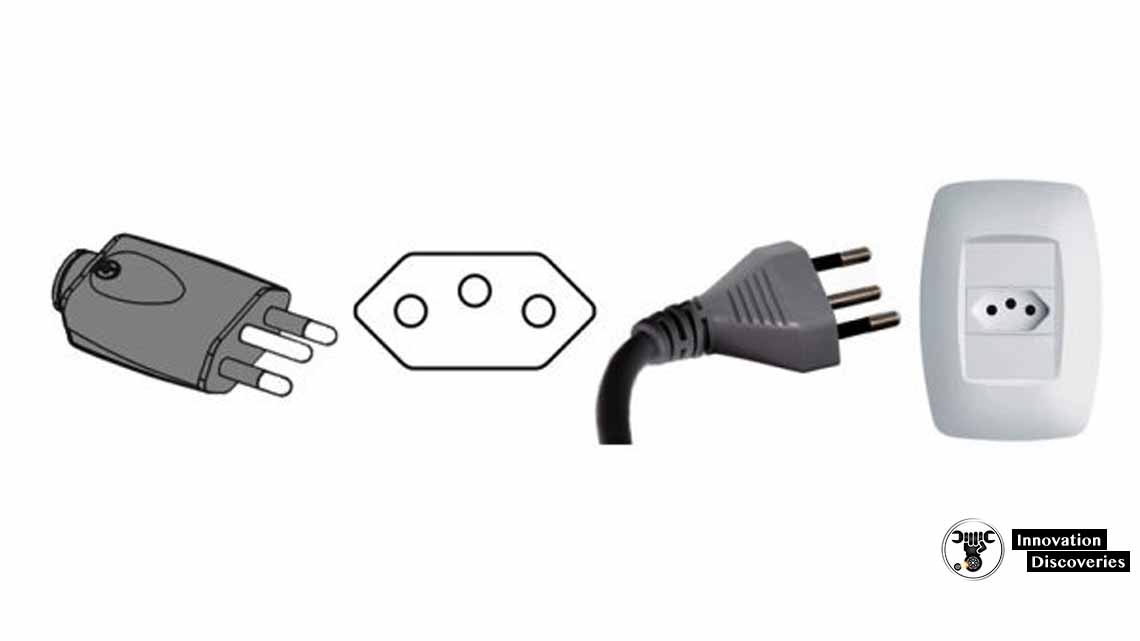Traveling may be fun, but it is no easy work.
You may love everything else that you carry around,
But the burden of carrying an adapter is annoying.
There are around 15 major types of widely used plugs and sockets. The reason why they are different everywhere is very simple. Every country developed its standard itself,
And it is quite tough and expensive to change a standard that has been set for almost a century. The electricity standard throughout the world is not uniform,
Let alone the plugs. North America uses a level of 120 V and 60Hz
While the rest of the world uses 240 V, 50Hz.
The power grids were developed before
International standards became popular.
Every country adopted the technology of its consulting country.
Continued improvement in the plugs based on technical,
Safety and economic factors ended up in the invention of numerous varieties.
We now have 15 different types of plugs used
Worldwide namely from Type A to Type O by U.S. Department of Commerce International Trade Administration. Some standards were eliminated as global trade began to grow.


Source: Pravin Electrical Engineering
The International Electrotechnical Commission (IEC) developed;
A universal domestic power plug and presented the Type-N plugin 1986.
Political and economic issues had hindered the development of the universal plug for
So long that it was not very acceptable around the world.
Brazil became the first country to implement the type N
As a standard country-wide, but that too didn’t happen until 2007.
While this does not sound like much of a problem,
But a standardization could save you the headache of carrying around an adapter,
Or maybe having to buy a different appliance altogether.
Here’s the Type N plug that we like to imagine would become the world
Standard one day.
Type N Plug and Socket

Have you also experienced the problems of connecting
Local devices to a power supply in a foreign country?
Comment to let us know!

